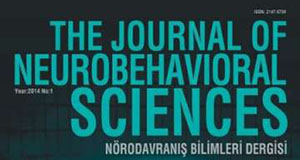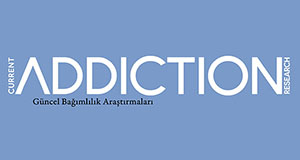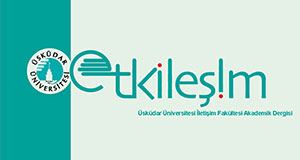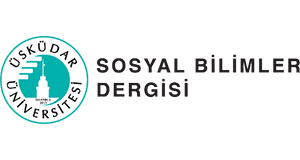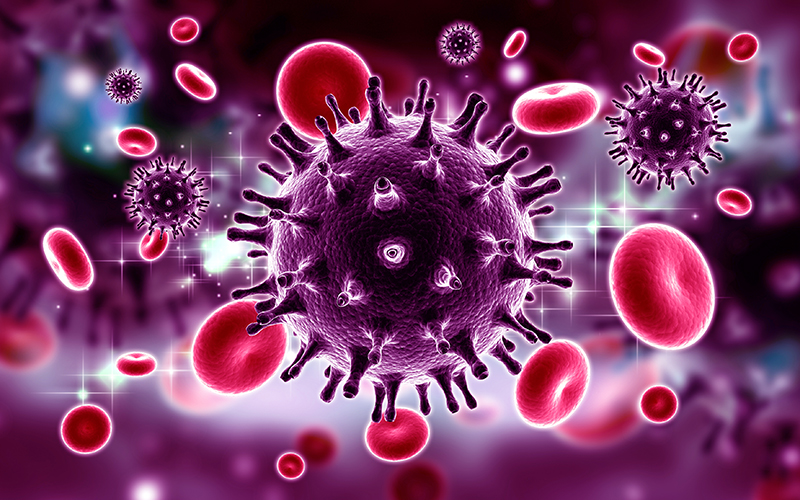
The body’s natural defence system is called immune system. It consists of antibodies, white blood cells, chemicals and proteins which attack and remove viruses and bacteria from the body. The
Patients infected with the human immunodeficiency virus (HIV) are more vulnerable to develop various types of cancer, in particular, Hodgkin’s lymphoma, Kaposi’s sarcoma and vulvar cancer. Moreover, cancers progression tend to be more aggressive in HIV-positive individuals than in HIV-negative ones. In this work, we develop an impulsive mathematical model to describe the dynamics of cancer growth and HIV infection, when chemotherapy and treatment for HIV, namely, highly active antiretroviral therapy (HAART) are included. Chemotherapy is applied using periodic impulsive perturbations, which simulate drugs instantaneous application, when chemotherapy takes place. We use path-following (continuation) methods, for hybrid dynamical systems, to analyze the upshot of the chemotherapy on the HIV viral load and in cancer cells’ growth. The control parameters are set to be:
(i) the frequency of chemotherapy applications and
(ii) the amount of drug applied per injection. Our findings disclose that HIV control is impacted by the existence of a codimensionone bifurcation of limit cycles, corresponding to a branching point. Clinical inferences are drawn from these results (Carvalho et al., 2017, Murray, 2002).

